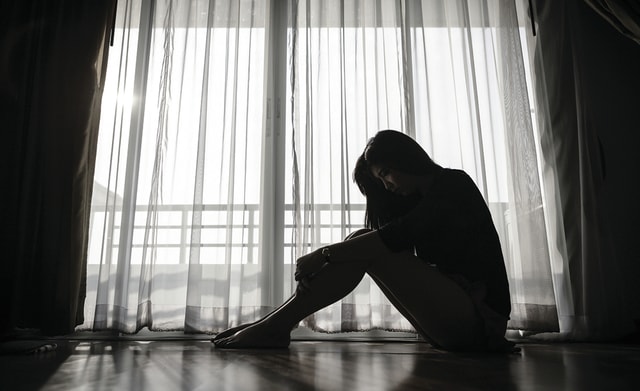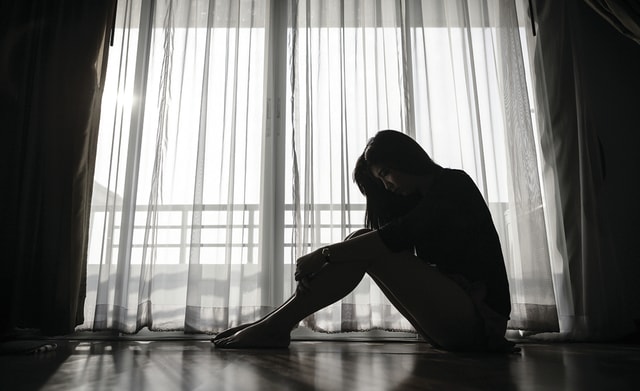

DARKE COUNTY — The number of people who committed suicide in Darke County surged upward in 2015, and local medical and mental health professionals are hoping that the spike is an anomaly, not a trend.
According to Joe Van Vickle, medico-legal investigator with the Darke County Coroner’s Office, the county saw 12 suicides in 2015, double the typical number that occur annually. Prior years saw an average of six to seven persons in the county take their own lives.
Though the county saw a jump, Van Vickle says, unfortunately, Darke County is not alone.
“It’s not just for Darke County, it’s statewide, it’s nationwide,” he said. “We have seen increases in total numbers. It’s like our drug use anymore. There are no boundaries. There is no lifestyle that is immune from it. It affects all age groups.”
According to the Center for Disease Control’s National Violent Death Reporting System (NVDRS), approximately 1,500 deaths in the state of Ohio in 2013 — the most recent year for statistics — were determined to be suicides, or about 13 per 100,000 people. Ohio’s suicide rate is relatively consistent with that of the 32 states in which statistics are tabulated by the NVDRS.
Additionally, suicide is the leading cause of all “violent death” across the country. NVDRS defines violent death as “a death that results from the intentional use of physical force or power, threatened or actual, against oneself, another person, or a group or community.”
Of these, suicide is often among the most difficult to investigate and perhaps the least understood. Unlike suicides portrayed on television and in films, not all victims leave a note or make their intentions known beforehand in dramatic fashion.
Van Vickle, who is charged with investigating deaths of all types in Darke County, says it often takes months, and sometimes years, for investigators to determine if a death is a suicide. As well, the reasons for an individual taking his or her own life are frequently not clear cut.
“They are, most times, the hardest deaths we deal with,” he explained. “Because, unfortunately, with all the science out there today, most of the time we’ll never answer ‘Why?’”
“We look at lifestyle, we look at medical diagnoses, we look at other history, we look at their family history. Sometimes those things all come into play.”
“We also look back to see if there’s a mental health history, we look to see if there’s alcohol or drug history,” he said.
Vickie Martin, clinical director of the Greenville office of Recovery and Wellness Centers of Midwest Ohio, which provides recovery and behavior wellness services to members of Darke, Miami and Preble Counties, agrees that substance abuse may play a role in suicides.
“I think some of the trends that we’re seeing in our society with the high rates of substance abuse — I don’t know if that’s a cause, but it certainly contributes,” she said. “A lot of time you see people use substances to address depression, or anxiety, or whatever.”
According to Martin, depression, feelings of inadequacy, suicidal thoughts — all manner of troubles — do not discriminate based on age, gender or one’s place in society.
“The important thing to remember is, mental illness can affect anybody, no matter how educated they are, or how high their income is,” Martin said.
Both Martin and Van Vickle agree that those who commit suicide leave behind a longlasting trail of pain and unanswered questions among family and friends, who often blame themselves for not seeing the signs.
“The stigma of losing a family member [from suicide] is tremendous,” said Van Vickle. “I deal a lot with the survivors who don’t understand. There’s a lot of guilt associated for the survivors.”
Martin said, “When people are in that place, deciding to commit suicide, they have tunnel vision…if you talk to the survivors of suicides, they are still living with that pain many, many years later. There’s certainly a ripple effect.”
Regardless of the reason, or reasons, a person may consider ending his or her life, Martin believes counseling and a listening ear can make a big difference.
“There is hope out there. That’s the biggest thing that happens is people lose hope. Part of our role is to instill that hope back in there and get them just enough hope to be willing to get out and try some services,” she said.
“[Suicide] is a preventable cause of death,” she added. “We want to try help that person feel comfortable reaching out and making that first phone call.”
For those seeking help with depression, substance abuse or any conditions which may cause feelings of hopelessness, Martin recommends calling the Recovery and Wellness crisis hotline at 1-800-351-7347. The crisis hotline, staffed with live counselors, is available to callers 24 hours a day, seven days a week. For additional information on the services offered by the organization, go online to www.recoveryandwellnessohio.org.





